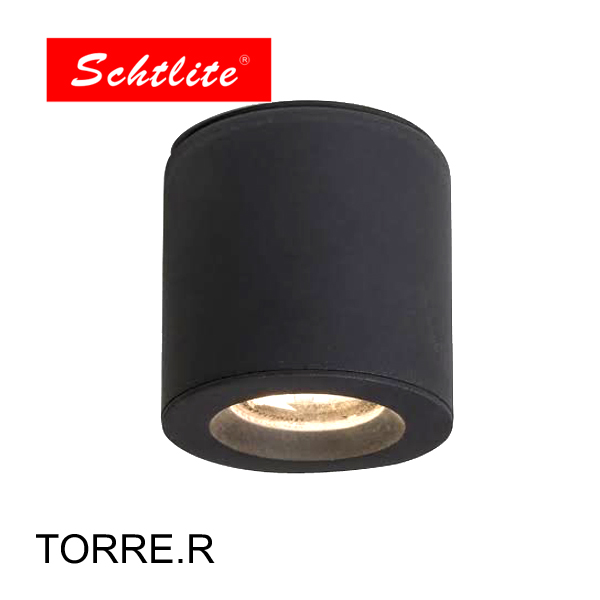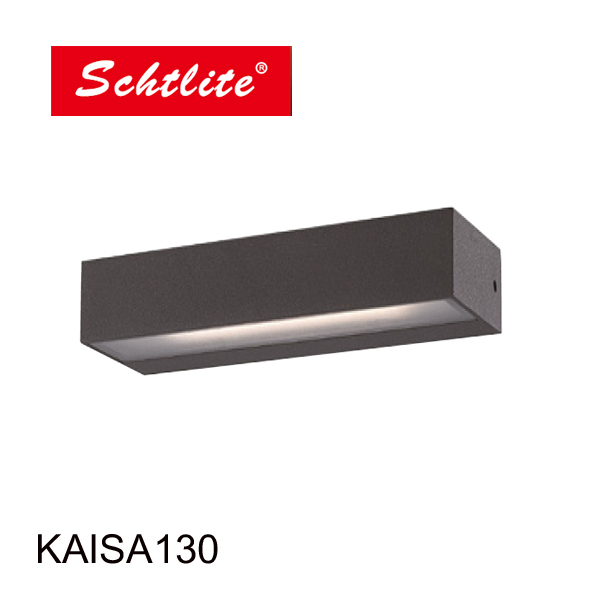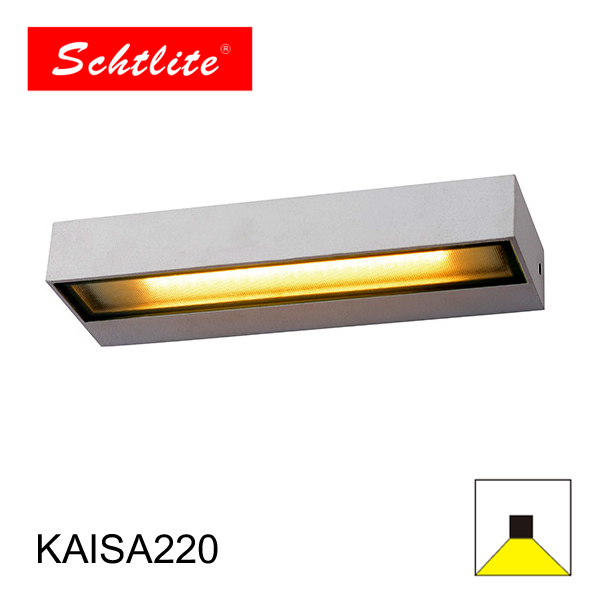LED landscape light is an essential tool in urban landscaping. It still has a certain role in beautifying the outdoor environment, especially at night, providing lighting and playing a certain decorative effect, making a great contribution to the convenience of night travel, so what are the precautions for the installation of landscape lights?
1. Laying of electric wire pipes and steel pipes:
(1) The design and selection of wire pipes and steel pipes are darkly laid, and the construction is carried out in accordance with the construction process standards of the wire pipes and steel pipe laying sub-projects. It is necessary to strictly control the purchase of wire pipes and steel pipes. Certificate of Qualification.
(2) Pre-embedded pipes should be closely coordinated with civil construction, first to meet the layout of water pipes, and secondly to arrange electrical piping positions.
(3) The outdoor power distribution line shall be laid underground with cables through HDPE pipes. The pipelines shall be buried with a depth of 0.7m, and shall be buried with a depth of not less than 0.5m when crossing the water system. When the garden light line encounters a branch, a L500.W300.H700 crossing well should be set up next to the garden light. Reliable waterproof measures should be taken at all branch lines (such as the use of IP62 waterproof junction boxes).
2. Threading:
Threading inside the pipe must strictly control the incoming wire. The specification and model of the wire must meet the design requirements and have a factory certificate. After arrival, check whether the insulation resistance, core diameter, material and weight of each coil meet the requirements. The size of the mouth guard, nylon crimping cap, wiring nose and other specifications and materials must meet the requirements. Threading in the pipe should be carried out after the building structure and civil construction work are completed. First thread the wire, use Φ1.2~2.0MM iron wire, leave a margin of 10~15CM at both ends, and then clean the soil of the pipe, switch box, socket box, etc. ,dust. When threading, pay attention to the fact that the wires of the same AC circuit must be threaded into the same tube, and the wires of different circuits, different voltages, and AC and straight lines shall not be threaded into the same tube, except for the following situations: circuits with a standard voltage below 50V; the same equipment or The power circuit of the same assembly line equipment and the control circuit without special anti-interference requirements; several circuits of the same lantern; several circuits of the same lighting, but the total number of pipes in the pipe should not be more than 8. The reserved length of the wire: 15CM for the junction box, switch box, socket box and lamp head box, and 1/2 of the circumference of the box in the distribution box.

3. Lamp installation:
(1) Lamps and light sources are used according to the design requirements. All lamps should have product qualification certificates. The wiring inside the lamps is strictly prohibited from being exposed, and the lamps and lanterns are complete.
(2) Check whether the lamps meet the requirements according to the installation site, and check the wiring inside the lamps. The installation of lamps must be firm, in the correct position, neat and beautiful, and the wiring is correct. Lamps above 3KG must be pre-magnesium hooks or bolts, and the metal shell of lamps below 2.4M should be grounded.
(3) After the installation is completed, the insulation resistance of each branch circuit is qualified, and the power-on operation is allowed. After the power is turned on, it should be carefully checked whether the control of the lamps is flexible, prepared, and the switch corresponds to the control sequence of the lamps.
Fourth, grounding protection and safety measures:
(1) The grounding protection adopts the TT method. A closed-loop artificial grounding device is set around the outdoor lighting box. The grounding electrode is made of 50*50*5 L2500 hot-dip galvanized angle steel. The spacing is 5m, the buried depth is 0.8m, and the grounding resistance is not more than 10 ohms.
(2) All the grounding terminals of the lamps in the system are reliably connected with the PE busbar of the lighting box and then connected to the PE busbar and grounded.
(3) In order to prevent lightning strike and overvoltage, a first-level surge protector is installed in the outdoor lighting box.
Common landscape lights are commonly found on both sides of the main streets of the city, with a height of more than 9 meters, composed of 8-12 acrylic balls. The interior of these spheres are mainly LED corn lights. The brightness of these lights is not high. The purpose of installing them is to look beautiful. Generally, this kind of landscape lamp takes into account the lighting problem while taking into account the aesthetics, so the landscape lamp manufacturers usually configure the 400w high pressure sodium lamp on the side of the pole to provide road lighting in the design structure.
When installing this kind of landscape lamp, you need to pay attention to the power cord of the lamp. For example, the corn lamp of the landscape lamp has ten 12W LED light sources in total, so these ten lamps can share a 2.5 square sheath wire. enough. But the load of this wire does not include the 400W high-pressure sodium lamp. In theory, a square copper wire can withstand 1000W of power, but I don't think this logic applies to high-pressure sodium lamps, because high-pressure sodium lamps require a lot of voltage when starting. If the wire is too long or too thin, the light will not start, or it will trip, or the wire will be blown.
Whether it is a landscape light or a high-pole light, if it involves the installation of high-pressure sodium lamps or metal halide lamps, the requirement is 1 square wire, and the street light manufacturer must be told that it must be equipped with 4 square wires. Because considering the problem of wire loss and the height of street light poles, thicker lines are more secure. It is often encountered that some landscape lights often trip when they are used after installation. These problems are caused by thin lines or When the open space is too small, customers must emphasize the above problems to the light pole manufacturer when purchasing landscape lights or high-pole lights, so as to avoid unnecessary troubles in the future.







